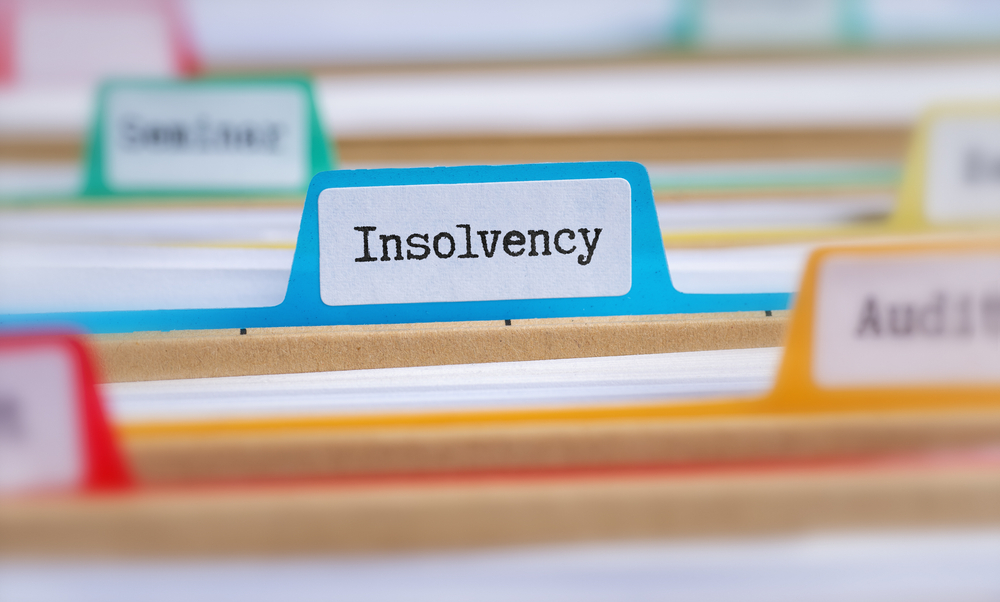
Wrongful Trading
What is Wrongful Trading?
Wrongful trading occurs when directors continue trading after they know or should know; there is no reasonable prospect of avoiding insolvency. This concept is enshrined in UK law under Section 214 of the Insolvency Act 1986[1]Trusted Source – GOV.UK – Insolvency Act 1986, Section 214.
Under this legislation, when a company becomes insolvent, directors’ primary duty shifts from promoting the success of the company to acting in the best interests of creditors. Continuing business activities without attempting to minimise creditor losses can lead to directors being personally liable to contribute financially to the company’s assets.
Crucially, wrongful trading liability is not contingent upon directors knowingly acting improperly. The landmark case of Re Produce Marketing Consortium Ltd (1989)[2]Trusted Source – Wikipedia – Re Produce Marketing Consortium Ltd established that directors can be held liable for wrongful trading even if they did not have actual knowledge of the company’s insolvency, provided they ought to have known based on the information available to them.
The key characteristics of wrongful trading are as follows:
- Directors continue operating the company despite knowing or having reason to believe it is insolvent.
- Directors must have actual or constructive knowledge of the company’s insolvency. Constructive knowledge arises when directors ought to have known the company’s financial situation, and that insolvency was imminent.
- Directors fail to take every step to minimise potential losses to creditors. This is judged against the standard of a reasonably diligent person with the general knowledge, skill, and experience that may reasonably be expected of a person in their position, as well as the actual knowledge, skill, and experience of that particular director.
- There must be a worsening of the company’s financial position as a result of continued trading, typically measured by an increase in net deficiency to creditors.
- The wrongful trading must occur in the lead-up to formal insolvency proceedings, either insolvent liquidation or insolvent administration.

What are the Consequences of Wrongful Trading?
The consequences of wrongful trading could include:
Personal Liability for Directors
Directors found guilty of wrongful trading can be held personally liable for the company’s debts. The court has wide discretion in determining the extent of this liability, which is typically based on the increase in the company’s net deficiency between the point at which the directors should have ceased trading and the commencement of formal insolvency proceedings.
In Re Brian D Pierson (Contractors) Ltd [1999][3]Trusted Source – Wikipedia – Re Brian D Pierson (Contractors) Ltd [1999], the court awarded 70% of the drop in net assets, demonstrating that liability is not always for the full amount of increased deficiency. The court’s approach is generally compensatory rather than punitive, aiming to restore the position of creditors.
Contribution to Company Assets
In addition to personal liability, directors may be required to contribute to the company’s assets to cover unpaid debts. This can involve:
- Returning salaries or dividends received when the company was insolvent
- Contributing personal funds to reduce the company’s debt
- Repaying any preferential payments made to connected parties or specific creditors
Disqualification from Directorship
Wrongful trading can disqualify directors for up to 15 years. This prevents them from holding any directorial position in a registered company, protecting the public and creditors from potential future misconduct.
What Do Liquidators Need to Prove in a Wrongful Trading Claim?
To succeed in a wrongful trading claim, liquidators or administrators must establish three key elements:
(1) The “Tipping Point”
The liquidator must identify the specific moment when the director knew or should have known that the company could not avoid insolvent liquidation or administration. This is known as the “tipping point.”
- This requires a fact-specific analysis of the company’s financial situation and the information available to the directors at the time.
- The court will consider financial data, correspondence, board minutes, and other relevant evidence to determine when this point occurred.
- In Re Ralls Builders Limited (in liquidation) [2016] EWHC 243 (Ch)[4]Trusted Source – Insolvency Lawyers Association – Re Ralls Builders Limited (in liquidation) [2016] EWHC 243 (Ch) the court held that the directors ought to have concluded six weeks prior to ceasing trading that the company could not have avoided insolvent liquidation.
(2) Director’s Standard of Care
The liquidator must demonstrate that a reasonable director with the same level of skill, knowledge, and experience as the director in question would have recognised that the company was approaching a tipping point.
- This involves a two-fold test, as established in cases like Dorchester Finance Co Ltd v Stebbing [1989][5]Trusted Source – Wikipedia – Dorchester Finance Co Ltd v Stebbing [1989]: a) An objective test: What would be expected from a reasonably diligent person carrying out the functions of a director? b) A subjective test: What additional knowledge, skill, and experience did the particular director actually possess?
- For example, a director who is a chartered accountant may be held to a higher standard regarding financial matters than a director without such qualifications.
(3) Financial Loss
The liquidator must prove that the director’s failure to act reasonably at or before the tipping point resulted in financial losses for the company and its creditors.
- This involves demonstrating what steps a reasonable director would have taken to mitigate damages and how those actions would have reduced the overall financial impact.
- The liquidator typically needs to show an increase in the company’s net deficiency between the tipping point and the onset of formal insolvency proceedings.
- In cases like Brooks v Armstrong [2015] EWHC 2289 (Ch)[6]Trusted Source – Wikipedia – Brooks v Armstrong [2015] EWHC 2289 (Ch), the court emphasised the need for a causal link between the wrongful trading and the loss to creditors.
It’s important to note that the burden of proof lies with the liquidator, and these elements must be established on the balance of probabilities. Directors have a statutory defence if they can show they took every step to minimise potential loss to creditors that they ought to have taken.
Examples of Wrongful Trading
The list provided below is not a definitive list but covers the most common types of director conduct which may amount to wrongful trading and warrant further investigation by the liquidator:
- A director paying his own salary whilst PAYE/NI for employees is not paid;
- Buying goods on credit when there is no means to pay for them;
- Using customer deposits for cash-flow purposes with no means of supplying goods;
- Repaying personal guarantees in preference to other creditors;
- Failing to pay HMRC when other creditors are being paid;
- Continuing to trade claiming VAT and either not being registered for VAT, or not paying VAT;
- Any transfer or sale of assets at anything less than a fair and reasonable commercial value.
What’s the Difference Between Wrongful Trading and Fraudulent Trading?
While both wrongful trading and fraudulent trading are offences under UK insolvency law, they differ significantly in terms of intent, severity, and legal consequences.
Wrongful trading does not require dishonest intent and is primarily a civil offence. In contrast, fraudulent trading involves carrying on business with the intent to defraud creditors or for any fraudulent purpose, and can lead to both civil and criminal penalties, including imprisonment.
The scope of liability also differs between the two. Wrongful trading applies specifically to directors and focuses on the period leading up to insolvency. Fraudulent trading, however, can involve anyone knowingly participating in the fraud and can occur at any point in a company’s life.
Finally, fraudulent trading requires a higher standard of proof, especially in criminal proceedings, where the prosecution must establish dishonest intent beyond a reasonable doubt.
FAQs on Wrongful Trading
Can Directors be Held Personally Liable for Wrongful Trading Even if They Didn’t Know the Company Was Insolvent?
Yes, directors can be held liable if they ought to have known the company was heading towards insolvency. It’s about what they should have known, given the circumstances, not just what they actually knew.
What Steps Can Directors Take to Avoid Wrongful Trading Charges?
Directors should closely monitor the company’s financial health, seek professional advice early, and take decisive action to minimise losses to creditors if insolvency seems likely. Keeping detailed records of all decisions and the reasons behind them is also crucial.
What is the Role of Insolvency Practitioners in Wrongful Trading Cases?
Insolvency practitioners investigate the directors’ conduct before and after the company became insolvent. They assess whether wrongful trading occurred and can initiate claims against directors to recover losses for creditors.
The primary sources for this article are listed below, including the relevant laws and Acts which provide their legal basis.
You can learn more about our standards for producing accurate, unbiased content in our editorial policy here.
- Trusted Source – GOV.UK – Insolvency Act 1986, Section 214
- Trusted Source – Wikipedia – Re Produce Marketing Consortium Ltd
- Trusted Source – Wikipedia – Re Brian D Pierson (Contractors) Ltd [1999]
- Trusted Source – Insolvency Lawyers Association – Re Ralls Builders Limited (in liquidation) [2016] EWHC 243 (Ch)
- Trusted Source – Wikipedia – Dorchester Finance Co Ltd v Stebbing [1989]
- Trusted Source – Wikipedia – Brooks v Armstrong [2015] EWHC 2289 (Ch)








